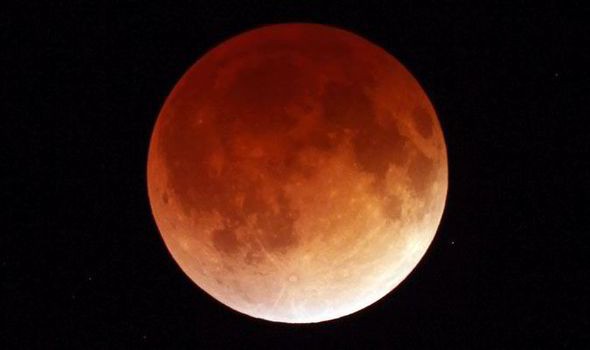A total lunar eclipse will be experienced all over the western part of the United States on April 4, Friday, and it will be seen on April 5, Saturday, on the eastern parts of Asia and Australia.
This will be the third lunar eclipse in the current tetrad of four-in-a-row eclipses at a six month intervals.
The upcoming lunar eclipse is the same with that on Oct. 8, 2014 which favored the people in Canada and western U.S. Spectators will have to look lower than the last time in the west as dawn brightens, according to Sky and Telescope.
This lunar eclipse on Friday will be different in such a way that it is going to be just barely total.
The Moon's north-northeastern limb squeaks very lightly within the umbra of the Earth's shadow. It will stay brighter than the deep red that we expect within the rest of the Moon's face.
According to NASA, they have estimated the duration of the upcoming lunar eclipse to last about four minutes and 43 seconds. This will be shorter compared to the last lunar eclipses since the Earth's shadow will hardly eclipse the upper part of the moon.
The National Weather Service (NWS) disclosed that the weather will be somewhat cloudy on the time of the eclipse with a 20 percent chance of rain showers. Weather will be a bit chilly as well with a low in the mid-30, The Spokesman Review reported.
"Blood moon" is the other term being used pertaining to a lunar eclipse. The changes in the moon's hue is due to the Earth's atmosphere retracting light similar to the colors that is seen at nightfall.



























